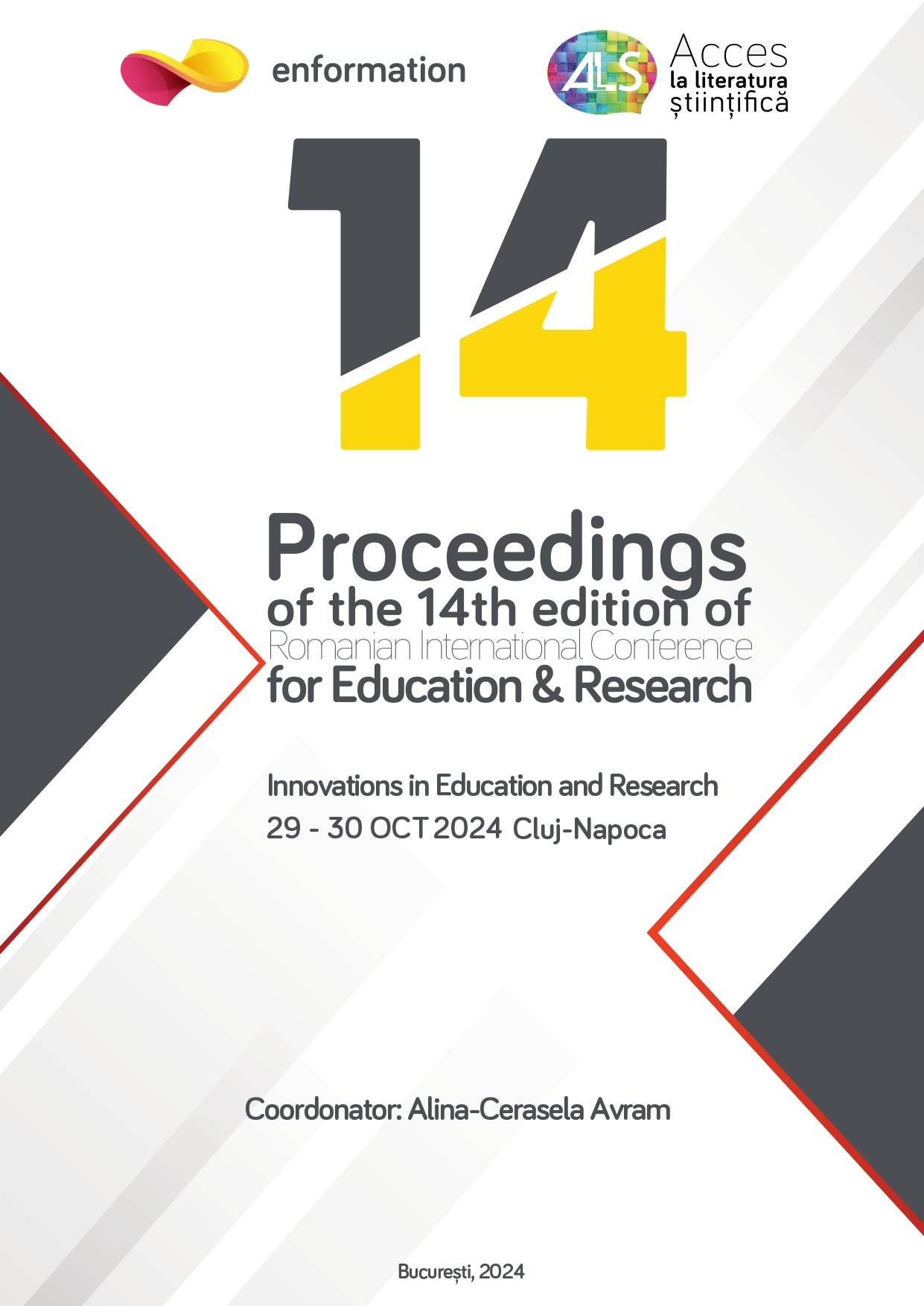Identification of Students’ Conceptual Understanding of Sound Wave Materials through the Contextual Teaching and Learning (CTL) Model
Abstract
This study aims to identify students' conceptual understanding of sound wave material through theContextual Teaching and Learning (CTL) model at MAN 3 Sleman Yogyakarta—this quantitative
research with descriptive analysis involved 20 students as respondents. Data were collected through
a conceptual understanding test covering subtopics of sound waves such as definitions, properties,
string sound sources, organ pipe sound sources, resonance, the Doppler effect, wave interference,
intensity, and sound intensity level. The results showed that students' conceptual understanding of
sound waves was very high, with an average correct answer percentage of 87.5%. The resonance
and wave interference subtopics achieved the % correct answer percentage of 100%. In
comparison, the definition of sound waves had the lowest correct answer percentage of 60%, falling
into the "sufficient" understanding category. The high resonance and wave interference
achievement was due to practical methods using everyday tools and materials, helping students
understand these concepts in a real-world context. In conclusion, the CTL model effectively
enhances students' understanding of physics concepts. It is recommended that the CTL model
continues to be applied in physics and other subject areas to improve students' conceptual
understanding
Keywords
conceptual understanding; contextual teaching and learning; physics education; sound wave JEL Classification
I20, I21 
This work is licensed under a Creative Commons Attribution-NonCommercial-ShareAlike 4.0 International License

